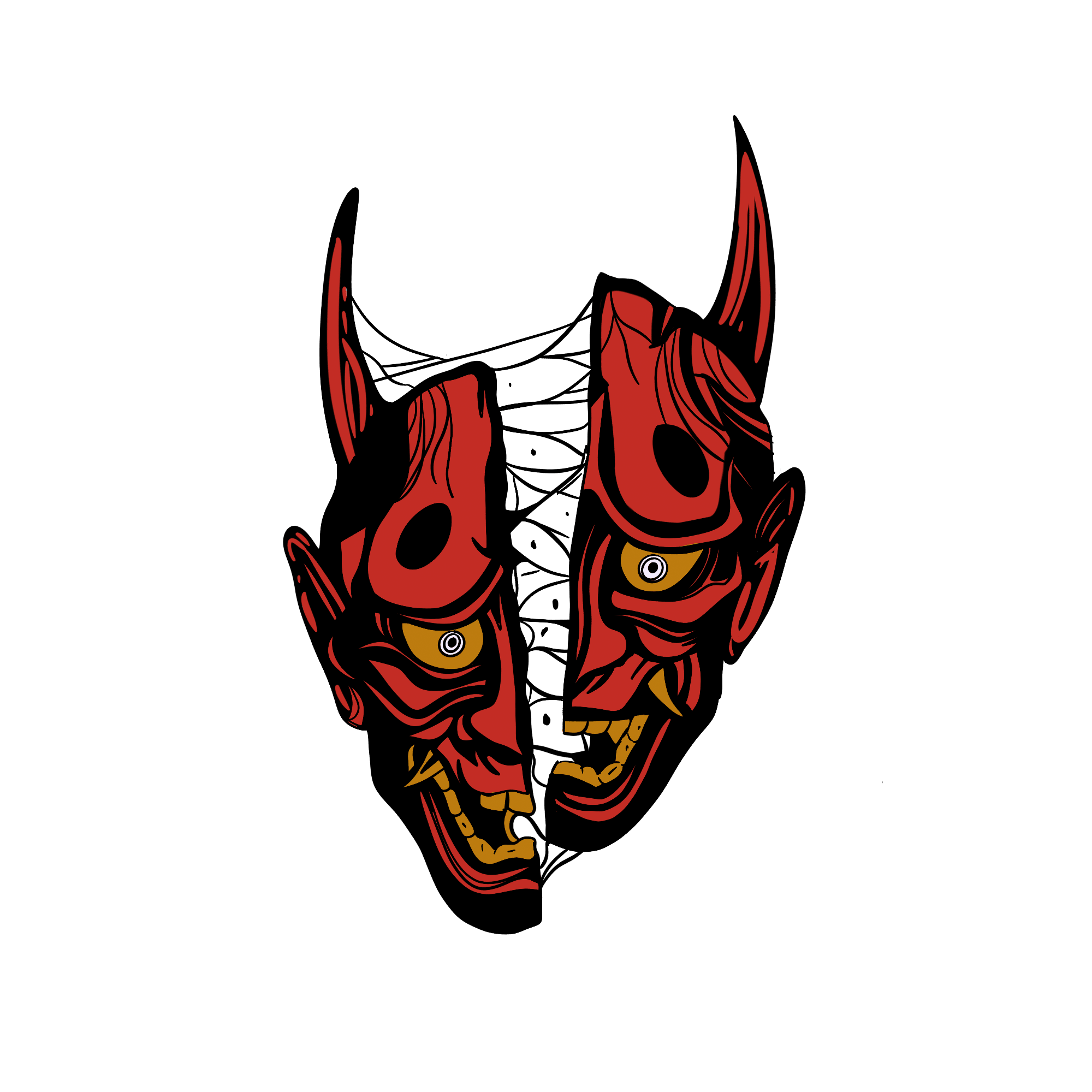Vritra


In the rich tapestry of Indian mythology, one encounters a multitude of deities, demons, and divine beings that shape the world and its many facets. Among these intriguing figures is Vritra, a formidable demon whose story is woven into the fabric of ancient Indian literature and religious texts. Vritra's tale is one of cosmic significance, portraying a battle between order and chaos, the gods and the demon, and ultimately, the triumph of righteousness.
Vritra's origins can be traced back to the Rigveda, one of the oldest sacred texts of Hinduism, believed to have been composed between 1500 and 1200 BCE. According to this scripture, Vritra was born from the cosmic waters during a time of great chaos and turbulence. He emerged as a monstrous serpent-like creature, coiled around the very essence of life - the sacred waters. This marked the beginning of a tumultuous period in the heavens and on Earth, as Vritra's power grew with each passing day.
Vritra's primary malevolence lay in his control over the waters. The sacred rivers, which were essential for the prosperity of the land and its inhabitants, fell under his dominion. The world was gripped by a relentless drought, causing widespread suffering and despair. With his ability to withhold the life-giving waters, Vritra became a symbol of chaos and destruction.
To free the waters from Vritra's oppressive grasp, the Devas (gods) assembled and sought the guidance of the mighty god Indra, the ruler of the heavens and the god of thunder and rain. Armed with a powerful weapon called the Vajra, a lightning bolt, Indra embarked on a fierce battle against Vritra. The battle raged on for an extended period, with Vritra displaying his formidable strength and resilience.
As the battle reached its climax, an unexpected ally came to Indra's aid. Vritra, who had grown increasingly arrogant in his victory, made a critical mistake. He boasted about his invincibility, claiming that no weapon could harm him. This hubris proved to be his undoing, as it provided Indra with an opportunity to strike. With a mighty blow from his Vajra, Indra pierced Vritra's belly, releasing the pent-up waters and ending the drought.
Vritra's story holds deep symbolic meaning within Indian mythology. He is often seen as a representation of chaos, obstruction, and the forces of nature that can disrupt the order and harmony of the universe. The battle between Indra and Vritra serves as a metaphor for the ongoing struggle between good and evil, righteousness and chaos, which is a recurring theme in Hindu mythology.
Additionally, Vritra's defeat signifies the triumph of the divine over adversity and the restoration of balance in the world. It highlights the belief that even the most formidable obstacles can be overcome through courage, determination, and divine intervention.
Vritra, the ancient Indian demon of drought and chaos, is a captivating figure deeply rooted in Indian mythology. His tale illustrates the eternal battle between order and disorder, good and evil, and the enduring human quest for balance and prosperity. As a symbol of the forces that challenge the cosmic order, Vritra's story reminds us of the enduring power of righteousness and the resilience of the human spirit in the face of adversity.
Demons



